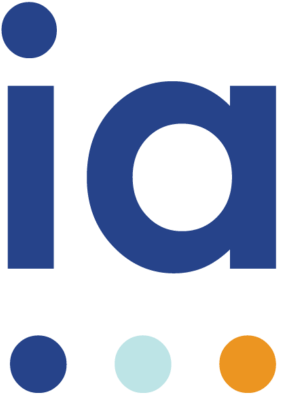Continuous Improvement
I have a confession to make – I am a worrier and over-analyzer. I think about conversations from earlier in the week and wonder if I should have phrased something differently, or if someone meant something different than I thought. I will think about a meeting and if I could have done something better. I am the type who will research all potential accidents that could happen on a ski trip and plan how to mitigate them just in case I find myself in an avalanche (on the East Coast, in a well-groomed ski run). But I am not just an over-analyzing worrier; I am also a problem solver. Continuing to do work that isn’t great or has issues is incredibly frustrating to me. But the reality is that some problems are quite large to solve, and when you discover the root cause can even seem gargantuan.
Where to Begin?
My partner, who knows my dysfunctions, will often tell me to pause and state, “How do you eat an elephant?” As the quote so famously ends, “one bite at a time.” For some reason, this resonates in my brain and allows me to piece out exactly what I need to do and feel like I am making moves towards solving a large issue.
I don’t think I’ve ever walked into any client where HR doesn’t have a tremendous number of projects of varying sizes that all must be done now. Many of these projects are very defined, but some have tremendous scope that may not even sit solely in the scope of HR (hello, onboarding and employee experience projects!). Often these projects and initiatives are not prioritized against a full roadmap of expectations, deliverables, and regular day-to-day responsibilities. So where do you begin?
My first thought is you must understand how many elephants you have in the organization. At the very minimum, all projects and initiatives need to be documented, even the ones that may be aspirational, not quite fully formed, or without ownership. Since most HR departments also have cyclical operations for periods such as open enrollment, performance periods, and even year end, I advocate to have them listed on the master list of projects and initiatives as well, as these activities greatly impact resources. Likewise, there may be significant projects happening across the organization that can also impact HR resources and they should also be listed.
Now that you have your list…
Once you have a list of all identified projects and initiatives, it’s important to rank them. Whenever I hear, “all of these projects are important and have to be completed,” I cringe. Just viewing everything as important will not miraculously give you enough time or resources to get work done. And it can be utterly demoralizing to be tasked with so much work that cannot reasonably get accomplished.
Prioritization factors vary from company to company; I like to work with clients to brainstorm how it should be measured in their organization. In some organizations, factors may include cost, time to complete, and ROI. In others, it may be who the customer is, how the project aligns with the organization’s ideals and goals, or even if the project can be fully completed with the existing team. Whatever factors the client decides, I encourage them to work through each project to assign “points” against their factors. This helps to quantify the initiatives against factors that are important.
Once you have this initial prioritization you can start to understand what resources and immovable operations work will be impacted. Then you can start to dissect impacts to time and other projects. It is important to work through the prioritized list with stakeholders to ensure that there is buy-in and so expectations can be managed for when to expect delivery of initiatives that impact others outside of HR.
Balance Longer Projects with Quick-Hits
A key factor organizations should consider in their prioritization work is whether or not something is or could be a quick-hit. A quick hit is something that doesn’t require configuration, coding, integrations, or even a ton of change management. Quick hits are usually identified early when scoping or defining projects. For example, one client, while in the midst of discussing deployment of self-service functionality for employees, uncovered that a Shared Services team was saving electronic versions of employee forms processed within HCM to a shared drive. This was the result of previous processes from an older system and there was no longer a valid need to continue this, so the quick decision was made to cease this step. Although small, the decision saved each team member a few hours a week.
Quick hits can provide psychological benefits to those involved. First, they make immediate impacts to initiatives. Many other initiatives may take months or even years to fully deploy, so a quick hit can be a win and show progress. They can also provide stakeholders some immediate relief within a process. Don’t underestimate their importance!
Finally
I wish that I could say that prioritizing projects and initiatives alone will solve all your problems. It is the first step, or the proverbial bite, to begin moving forward on delivery. The reality is that needs may change, requiring priorities to change. As much as we’d all like to avoid any changes to priorities and schedules, we all know that may not happen. The good news is that a good prioritization process for key initiatives can provide you with an ongoing model to manage your key projects and initiatives, including key HR cyclical activities, when you need to adjust.
Bon appetit!






